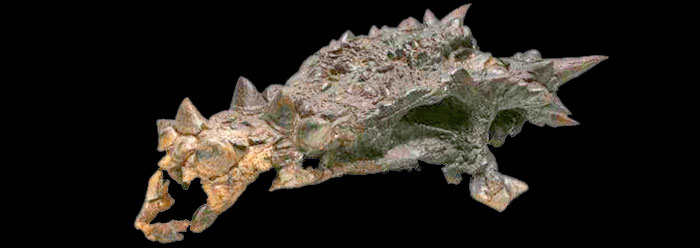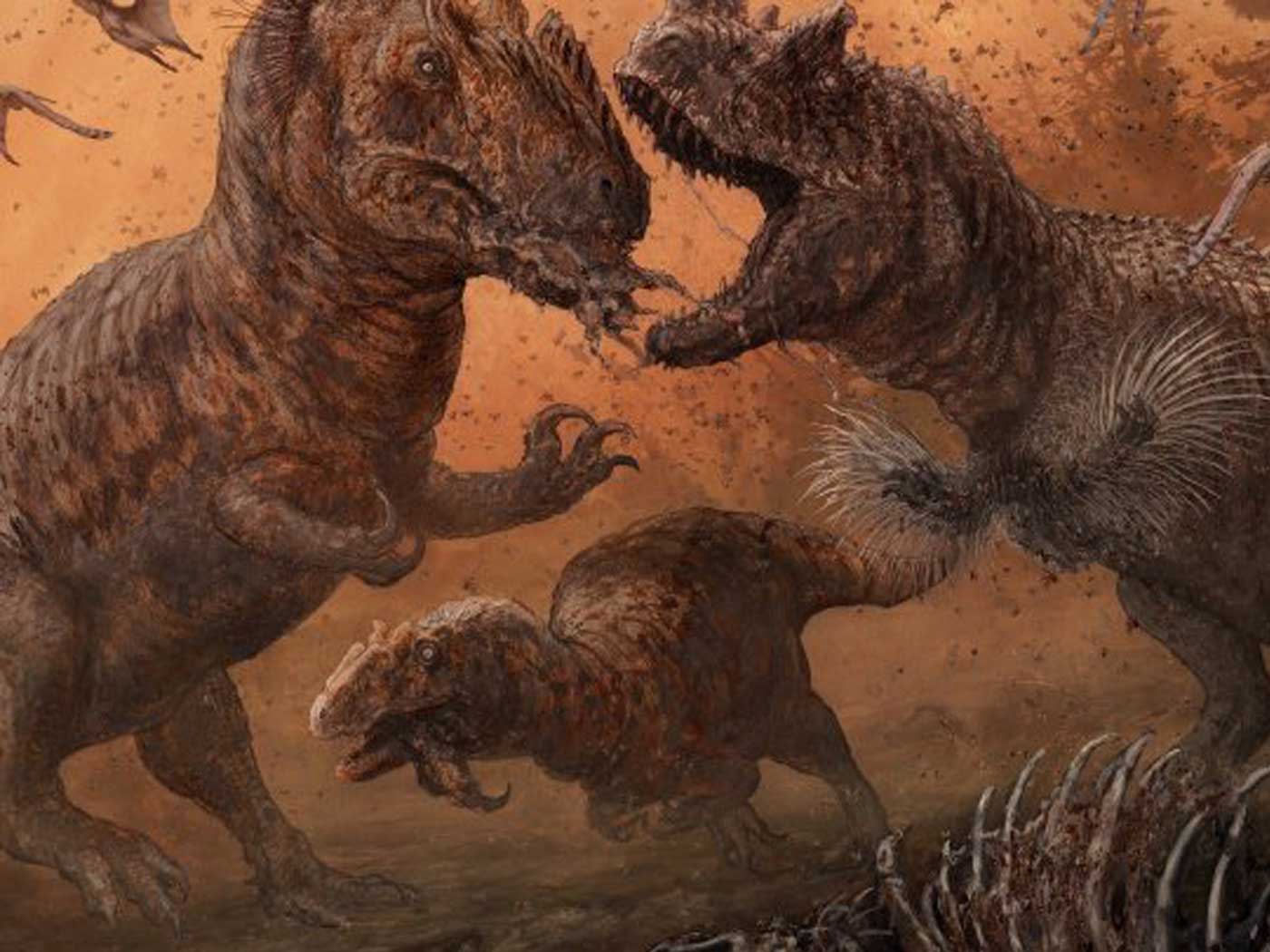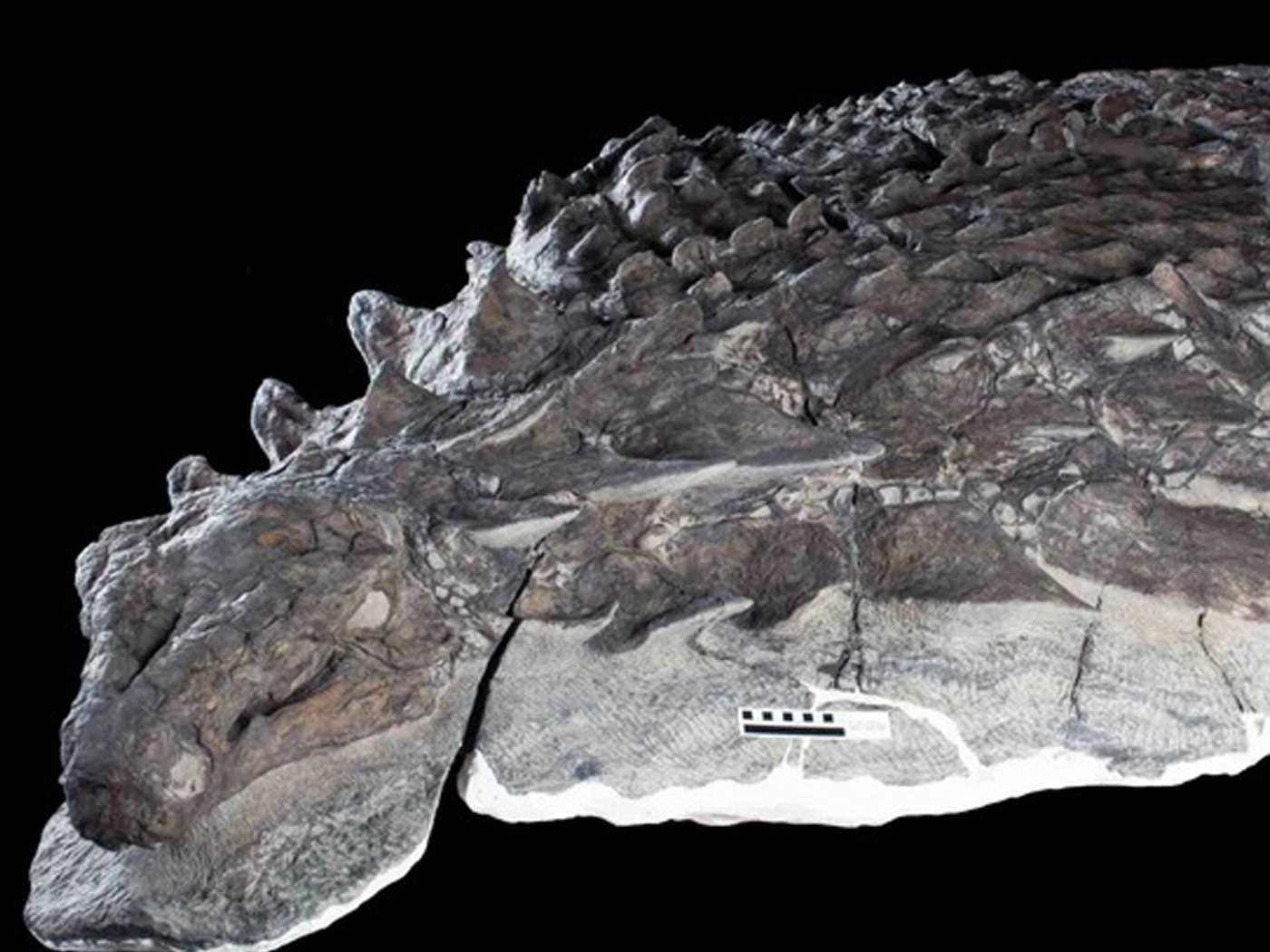Harry Potter fans are looking forward to the boy wizard’s next screen adventure, when Harry Potter and the Half-Blood Prince opens this month. Pottermania broke loose when J. K. Rowling’s first book appeared on bookstands in 1997, prompting the creation of films, fan websites, and dozens of similarly themed books. Rowling’s world of wizardry has even inspired the name of a dinosaur fossil, Dracorex hogwartsia. But serious researchers are seeing evidence that dragons were more than just fantastical creatures.
Adrienne Mayor, a Stanford visiting scholar, has found solid links between certain dinosaur fossils and dragons—enough information, in fact, for her to write three books on the subject. Mayor was consulted in 2008 by the Children’s Museum of Indianapolis, which built a dragon exhibit that presented some of her research.
Legends of dragons have existed throughout the world and across many, if not all, ancient cultures. Mayor believes that these tales emerged from ancient imaginings of what fossil dinosaurs would have looked like in life. In her view, if ancient people had unearthed a fossil that looked like Dracorex hogwartsia, it is easy to speculate that they would have come up with dragon stories to explain it.
Dracorex “surprised the scientists” when it was discovered because of its long muzzle and spiky horns. In a Stanford University press release, Mayor stated, “The skull looks strangely familiar to anyone who has studied dragons! Dracorex has a remarkable resemblance to the dragons of ancient China and medieval Europe.”1
Dracorex is apparently a one-of-a-kind fossil that was uncovered in North America, not China or Europe. So how did the ancient Chinese, Australian aboriginal, Egyptian, Babylonian, Welsh, and so many other cultures come up with such robust dragon lore if the fossils that fueled their fancies were so rare and located on the other side of the world?2
There are other reasons to doubt that dragon legends arose from fossil-based speculations. Tales of dragons are almost universal and were incorporated into the historical background of virtually every people group on every continent.3 How could so many different cultures conjure up such similar details in their dragon legends, unless their ancestors actually encountered them?
It would be easily explained if humans had actually seen living dinosaurs. The book of Job in the Bible records one such event. God spoke to a troubled Job, “Behold now behemoth, which I made with thee…he moveth his tail like a cedar.”4 However, if this and so many other accounts are to be taken at face value, it would jeopardize the scientific consensus that dinosaurs and humans did not live at the same time. Thus, one of the main reasons to reject these voluminous accounts of encounters with real dragons is the presupposition of a separate dinosaur age.
Over a decade ago, a creation scientist wrote, “The creation model of origins makes many predictions, one of them being that evidence will be found that tells us that in the recent past, dinosaurs and man have co-existed.”2 Indeed, evidence continues to fulfill this prediction.5 Whereas most of the Harry Potter world is grounded firmly in fancy, the concept that certain “strangely familiar”1 dragon-looking dinosaurs existed with humans has a broad foundation in history.
References
- Dinosaurs and Dragons, Oh My! Stanford Fossil Historian Links Dinosaur Bones to Mythological Creatures. Stanford University Humanities press release, October 2008.
- Cooper, B. 1992. The Early History of Man – Part 4. Living Dinosaurs from Anglo-Saxon and other Early Records. Creation Ex Nihilo Technical Journal. 6 (1): 49.
- Morris, H. 1993. Dragons in Paradise. Acts & Facts. 22 (7).
- Job 40:15, 17. The features of behemoth do not match those of alligators or hippopotamuses, though these are commonly identified in most study Bible notes. The New Defender’s Study Bible notes on Job 40:19 provide further explanation.
- Morris, J. 2008. The Dinosaur Next Door. Acts & Facts. 37 (6):13.
* Mr. Thomas is Science Writer at the Institute for Creation Research.
Article posted on July 2, 2009.























